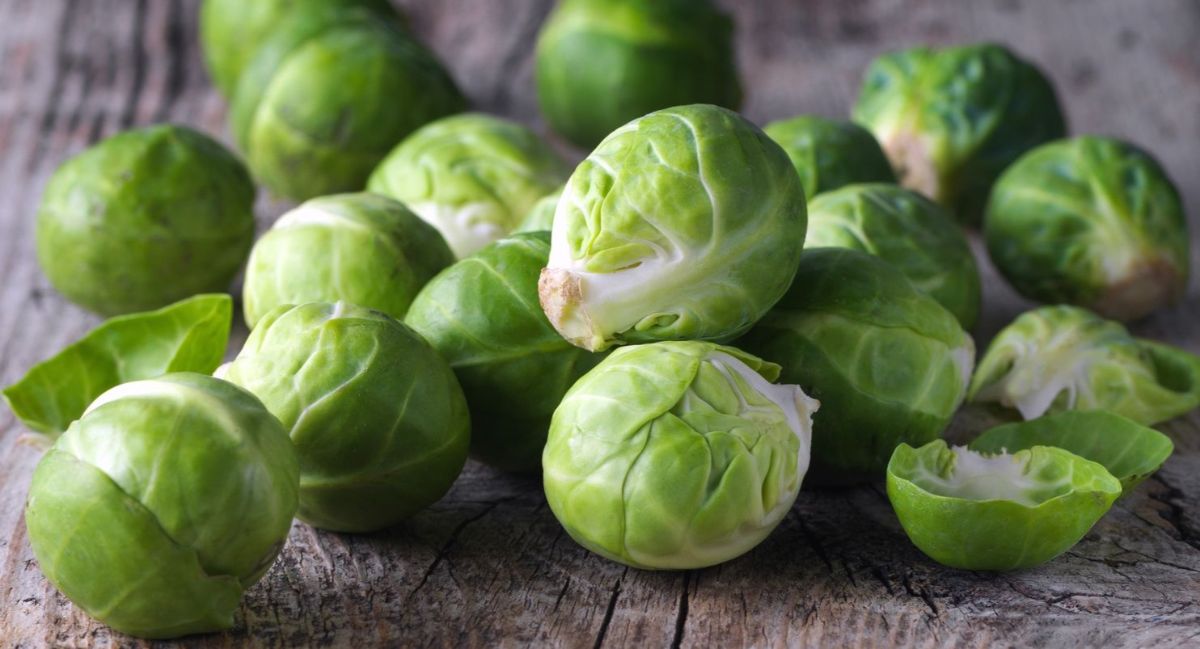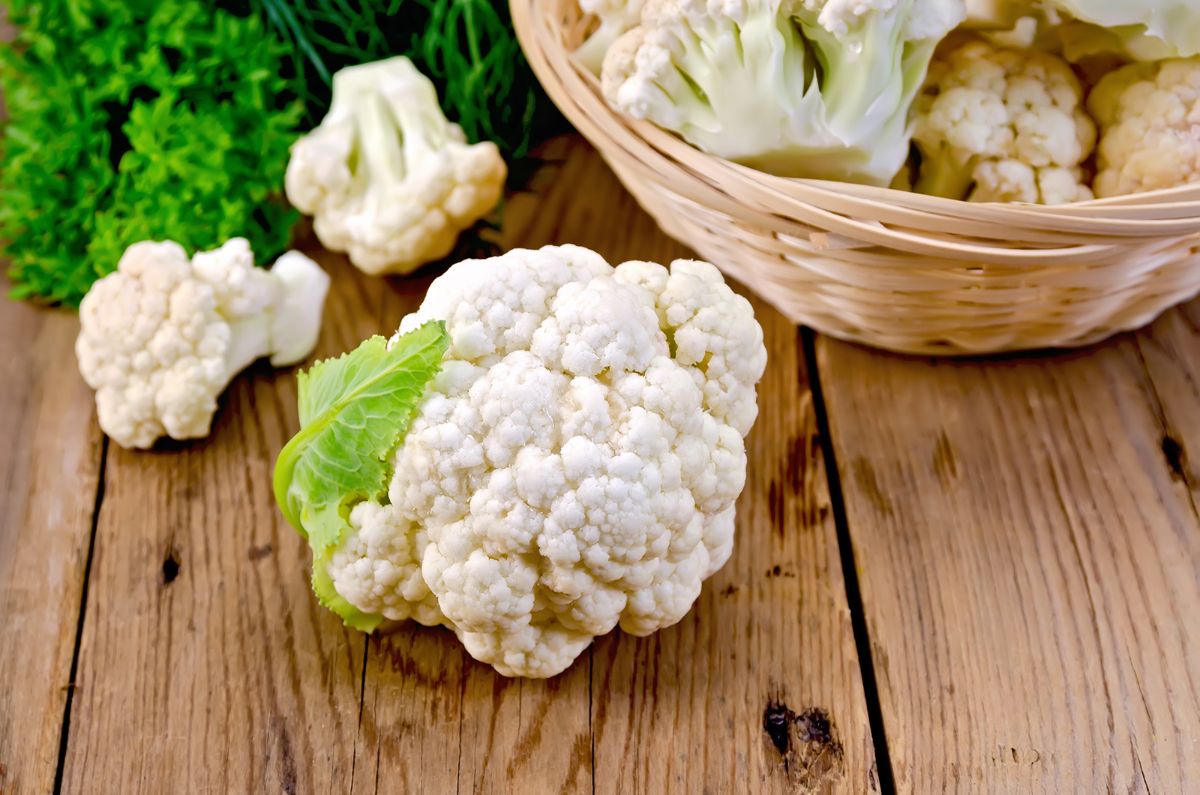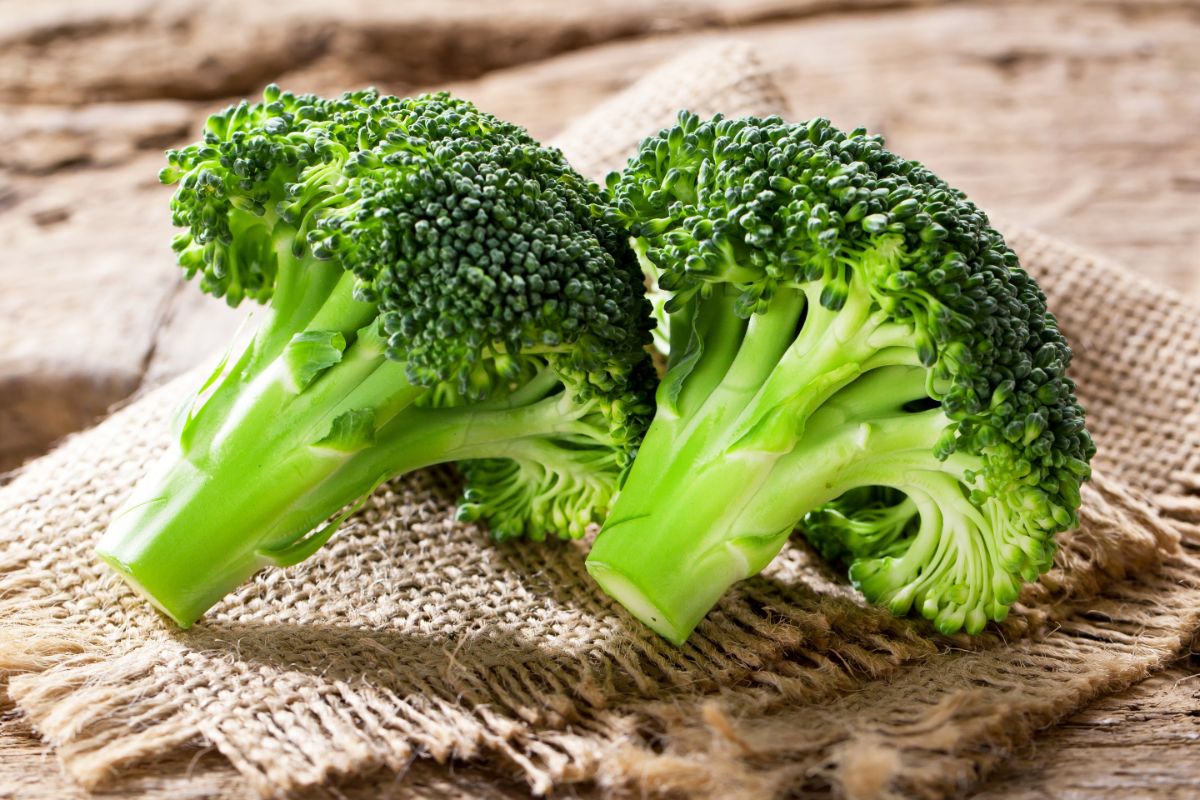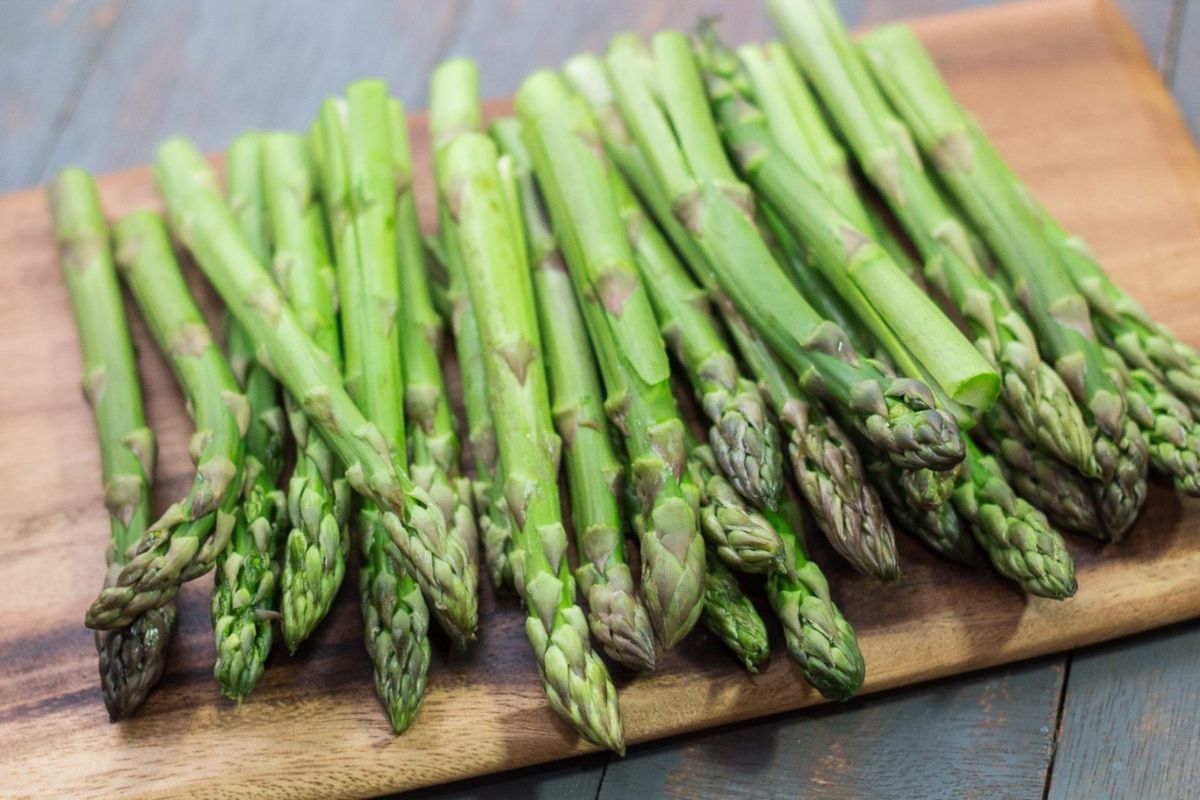6 Health benefits of red cabbage
Red cabbage or red cabbage is the closest relative white cabbage , has a similar shape and structure, differs only in the purple color of the leaves and a higher concentration of some valuable substances.
According to research, the plant reduces the incidence of diseases of the cardiological and oncological profile, strengthens the immune system, lowers blood pressure, and also prevents the formation of fetal malformations during pregnancy.
How it is useful – 6 facts
Below are 6 facts about the benefits of red cabbage, which are scientifically confirmed.
1. Rich composition
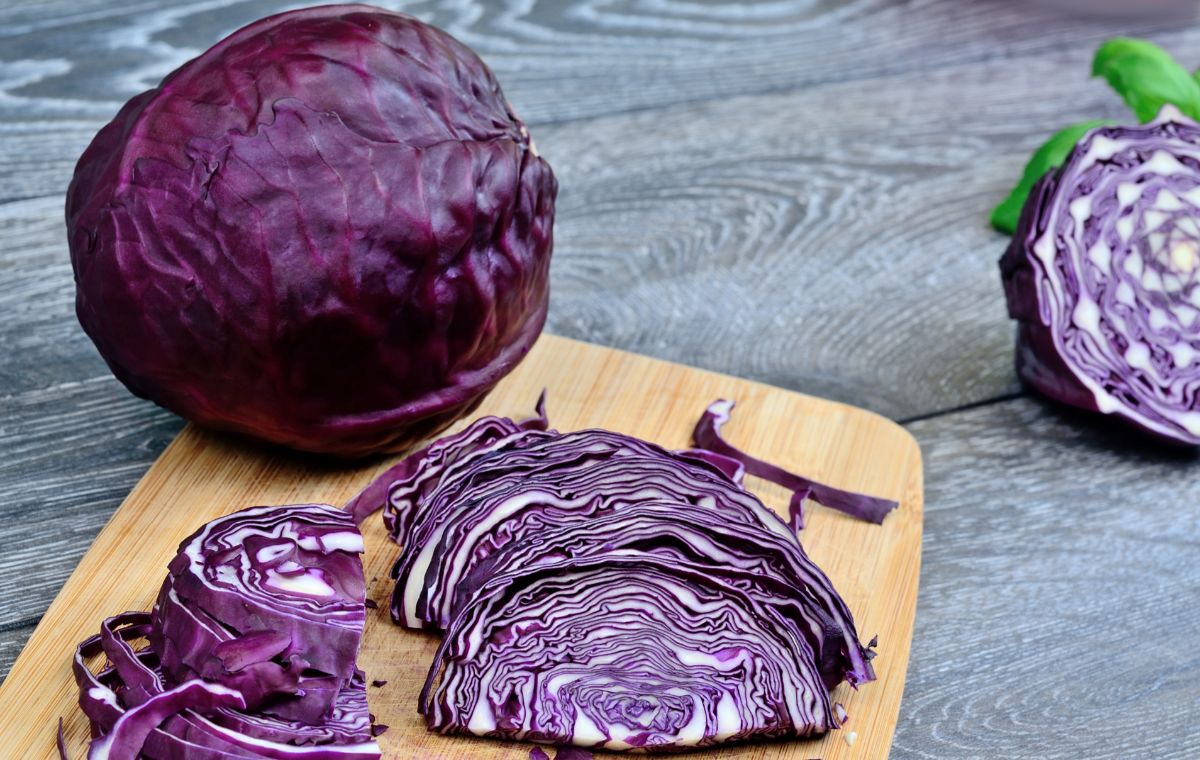
Red cabbage has a low calorie content – about 31 calories per 100 grams. It consists of 91% water and is rich the following nutrients (per 100 grams):
| Name of the component | Specific gravity or percentage of the recommended daily requirement |
| carbohydrates | 7.4 grams or 2 % |
| dietary fiber | 2.1 grams or 8 % |
| Vitamin A | 22 % |
| Vitamin C | 95 % |
| Vitamin K | 48 % |
| thiamine | 4 % |
| Vitamin B6 | 10 % |
| Folic acid | 15 % |
Red cabbage has the highest volume of valuable substances among other cabbage vegetables. For example, the content of vitamin A is 4 times higher than in white cabbage, vitamin C is 30% more.
The vegetable also contains the maximum amount of antioxidant substances – anthocyanins, kaempferol, sulforaphane.
2. Suppression of chronic inflammation
 Chronic inflammation is a complex physiological process responsible for the functioning of the immune system, maintaining metabolism and repairing damaged tissues.
Chronic inflammation is a complex physiological process responsible for the functioning of the immune system, maintaining metabolism and repairing damaged tissues.
However, according to the data of the scientific community, it is with chronic inflammation that the development of many autoimmune and malignant pathologies, as well as diseases of the cardiological and endocrine profile, is associated.
All cabbage crops contain antioxidant substances that inhibit chronic inflammation. Moreover, red cabbage is the leader in their content. Against the background of its regular use noted decrease in the concentration of key markers of inflammation in the blood (interleukins 1, 6 and 8; C-reactive protein).
According to the data experts from Japan, the main antioxidants in cabbage are kaempferol and sulforaphane.
3. Protection against cancer
 Vitamin C in cabbage protects all cells of the body from the effects of free radicals that can lead to their death or malignant degeneration.
Vitamin C in cabbage protects all cells of the body from the effects of free radicals that can lead to their death or malignant degeneration.
According to according to research by Chinese experts, consuming 100 mg of vitamin C (about 110 grams of red cabbage) per day reduces the risk of lung cancer by 7%. Also data available regarding the effectiveness of the vegetable against prostate tumors in men.
Because vitamin C has an effect on all cells of the body, it can be assumed that red cabbage reduces the risk of any form of oncological pathologies.
The inclusion of red cabbage in the diet, presumably, reduces the risk of developing malignant neoplasms.
4. Reducing the risk of cardiovascular diseases
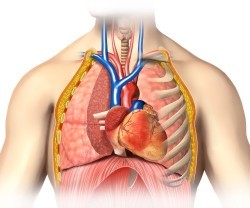 Anthocyanins are special purple pigments that are found in all types of cabbage (the maximum concentration is in dark varieties).
Anthocyanins are special purple pigments that are found in all types of cabbage (the maximum concentration is in dark varieties).
By of information American researchers, the use of anthocyanins reduces the risk of developing any cardiovascular diseases (coronary heart disease, myocardial infarction, hypertension).
Proven reducing the incidence of myocardial infarction in people whose diet is rich in cabbage.
5. Strengthening the immune system
 Red cabbage is a valuable source of vitamin C, the main biological stimulant The immune system works
.
Red cabbage is a valuable source of vitamin C, the main biological stimulant The immune system works
.
According to the data scientists from New Zealand, vitamin C performs the following functions in the body:
- Increasing the resistance of barrier tissues. Vitamin C increases the resistance of the skin and mucous membranes to the introduction of any external infectious agents (bacteria, viruses, fungi).
- Activation of immune system cells. Vitamin C accumulates in neutrophils and other phagocytes, increasing their ability to recognize and absorb foreign substances.
- Enhancement of differentiation and division of B- and T-link cells.
Consumption of only 100-200 mg of vitamin C (about 110-220 grams of red cabbage per day) significantly reduces the risk of developing respiratory and systemic infectious and inflammatory pathologies.
6. Lowering blood pressure
 Hypertension is the most common disease of the cardiovascular system, in which the level of systolic and diastolic pressure increases.
Hypertension is the most common disease of the cardiovascular system, in which the level of systolic and diastolic pressure increases.
The problem affects over 16% of the world's population and leads to the development of dangerous complications (chronic and acute heart failure, stroke, etc.).
Red cabbage is a valuable source of potassium. According to the data scientists, potassium lowers blood pressure. The biological effect is associated with several mechanisms:
- Relaxation of the smooth muscles of the vascular walls, leading to a drop in total peripheral resistance and a decrease in blood pressure;
- Acceleration of the excretion of sodium chloride through the urinary system (sodium is a key risk factor for increased blood pressure).
It is recommended to include cabbage in the diet not only to combat hypertension (together with medications), but also to prevent its early development (especially with a burdened family history).
Harm and contraindications
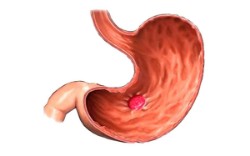 Under certain conditions, red cabbage can cause harm to the body. Contraindications include:
Under certain conditions, red cabbage can cause harm to the body. Contraindications include:
- Exacerbation of chronic diseases of the digestive system. The vegetable contains a number of substances that irritate the mucous membranes and can worsen the course of pathologies such as gastritis, GERD, peptic ulcer of the stomach and duodenum.
- Individual intolerance. Allergy to cabbage can occur when the body is sensitized not only to it, but also to other vegetables from the Cruciferous family (cross-allergy).
- Taking drugs that "dilute" blood (antiplatelet agents, anti-coagulants, thrombolytics) . The plant contains vitamin K, Increasing blood viscosity , as a result, the effectiveness of medications decreases and the risk of thrombotic and thromboembolic complications increases.
Red cabbage is recommended for women during pregnancy (in the absence of contraindications). It is rich in vitamins and antioxidants, which reduce the risk of malformations of the internal organs of the fetus (especially the nervous system) during their laying, as well as improve blood flow in the "mother-placenta-fetus" system. The daily requirement during pregnancy is about 200 grams.
Preparation and reception
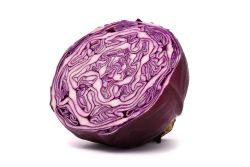 It is best to eat cabbage raw. Any heat treatment reduces the concentration of biologically active substances in the composition.
It is best to eat cabbage raw. Any heat treatment reduces the concentration of biologically active substances in the composition.
It is recommended to give preference to salads from red cabbage. It goes well with any meat dishes.
It is also acceptable to steam it or cook it for a short time (up to 10 minutes). This way you can save a maximum of vitamins, antioxidants, macro- and microelements.
The most useful varieties of cabbage are purple and red cabbage. They contain more antioxidants (anthocyanins). But the concentration of vitamins (with the exception of A and C) does not differ much from other varieties.
Question: Is it possible to eat a cabbage stalk (head)?
Answer: The "core" is capable of accumulating any chemicals (pesticides, fertilizers) used in cultivation. It can only be eaten if you are sure of the origin of the vegetable.
Conclusion
- Red cabbage is a rich source of vitamins, antioxidants and minerals necessary for the full functioning of our body.
- Against the background of its regular intake, there is a decrease in blood pressure, heart diseases and malignant neoplasms are less common, and the immune system improves.
- The vegetable is recommended to be consumed during pregnancy in order to prevent fetal malformations.

